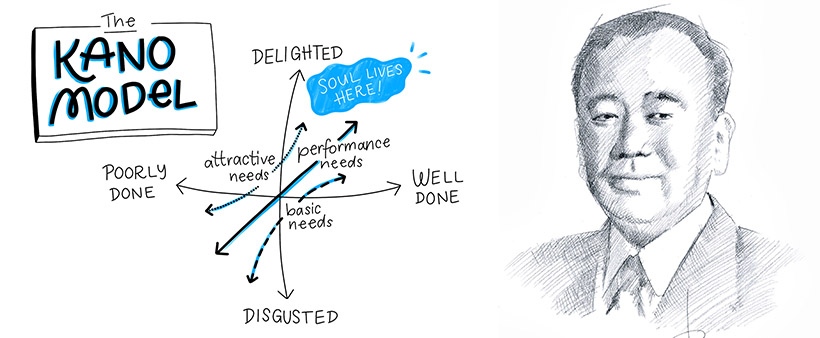
Welcome! (or welcome back!). As promised we discussing a series of topics related to prioritization techniques. This one is definitely in my top 10 when working with my clients as well as being a Product Owner myself. Often our stakeholders have what I like to call "opinion data". I certainly respect their opinions and use it in our overall judgement, but opinion data can often backfire.
Product Managers should be the ones immersing themselves in the business problems of the market we serve and others likely don't have that kind of time based on their "day job". We can use our data to course correct stakeholders that simply react to customers who may not represent the collective. Our goal in this instance is to guard against a stakeholder who is highly influential but lacks good data to back up their opinions.
We like to use "real data" to disarm the emotion of the conversation and ensure we are truly prioritizing the highest business value items with our limited team capacity and timelines.The ‘Kano Model,” (pronounced Kah-no not Kay-no) is based on real customer input.
What is the Kano Model?
The Kano Model was created by the Japanese professor Noriako Kano in 1980 while studying what affects customer satisfaction and loyalty. The Kano model shows that even if more features add to your products, it doesn’t mean that customer satisfaction will also increase accordingly. No matter how good the features are, some do not create positive customer satisfaction.
How does Kano Model work?
According to the Kano model, there are five different customer expectations when adding a new feature. The expectations can range from dissatisfaction to features that delight the customer. You can illustrate the relationship between customer satisfaction and the features using a graph in which customer satisfaction is on the Y-axis, and the investment for the feature implementation is on the x-axis. Therefore you can view the Kano model as an approach that defines the customer satisfaction vs. feature investment model.
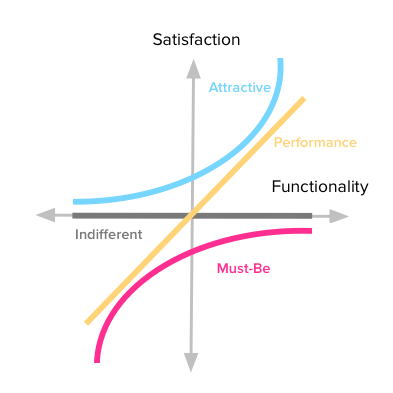
Customer expectation categories
These five categories again can be divided into two types features you should avoid and features you need to include.
- Features to avoid -customers are indifferent or dissatisfied with these features.
- Features to implement - features that have basic, desired, and delightful qualities.
Basic expectations or mandatory features
Basic expectations are the features that must be present in the product, but they never increase customer satisfaction since they expect them to be in the product. However, if the features are not present, it will highly satisfy the customer. For example, say you have a hotel. One of the customers’ basic expectations about the hotel room is having a bed. Just because there is a bed in the hotel room does not increase the level of satisfaction of the customer. However, if the customer finds that there is no bed, then it will deeply dissatisfy them.
Desired features or satisfiers
Desired features which are also known as performance features. These are features that either increase or decrease customer satisfaction. These are the features customer usually want to see in a product. If there are more features, the more it will satisfy the customers. Take a phone battery as an example. The more battery capacity the phone has, the happier the customers will be.
Delightful features or delighters
Features in this third category are the features that customers usually do not expect, but they will delight the customer when present. In other words, if these features are not there, it does not cause customer dissatisfaction. For example, if you are running a restaurant, serving something free with a meal will greatly satisfy the customer. Another example is that the more discounts the user get, the happier customers are. The most notable thing about these features is they are easy to implement at a small cost. However, their presence can have a higher degree of satisfaction that can grow exponentially.
Features with indifferent quality
These are some features you need to refrain from introducing these features to your product because they do not provide customer satisfaction or dissatisfaction. In short, customers will be indifferent to such features. For example, say you are in a call center, and the operators speak like native English speakers in a non-English country. It is unnecessary to sound like you speak native English, and customers may not appreciate it.
Dissatisfaction Features
These are the features that tend to upset or dissatisfy the customer. For example, let's say you have search functionality and need your customers to include the search term in only capital letters to search for something. While few customers might not mind this requirement, it will dissatisfy most customers because they need to switch to capital mode whenever they need to search for something.
How can product teams use the Kano Model for feature Prioritization?
You can implement this model in three simple steps.
Design and Implement a Kano Study
First, you need to design a Kano study to get the information from the users. Design a questionnaire or a survey about the features you will prioritize, asking three simple questions about each feature. It is really important to ensure you are surveying trusted users. This is not the time to send out a survey to 1 million users hoping you get a 1% response reate. These customers / users are ones that you have built a relationship with and are a good sample representation of your user base. Ensure you have a good palette of users (large users, small users, boutique users, etc...).
These 3 questions will be present for each feature you have as a consideration for your product:
- How do you feel if this feature is present in our product?
- What is your reaction if you do not have this feature?
- How important is this feature for you?
Provide answers using a scale:
- I like it that way
- I expect it to be that way
- I am neutral
- I can live with it that way
- I dislike it that way
The number of users for the study depends on your requirements. Generally, the more respondents, the better.

Result Analysis
After you have collected the results from the survey, the next step is to analys the results. You can use either discrete or continuous analysis to analyze your results. In discrete analysis, use criteria like male/female to categorize the responses and get the total for each feature in each category. For example, how many females have responded to ‘i like it and how many males have responded to the feature ‘i like it,’ etc.
However, continuous analysis is the best approach to converting each answer to a satisfaction level. The higher the score, the user views it as a feature that needs to be present in the product; otherwise, it causes dissatisfaction.
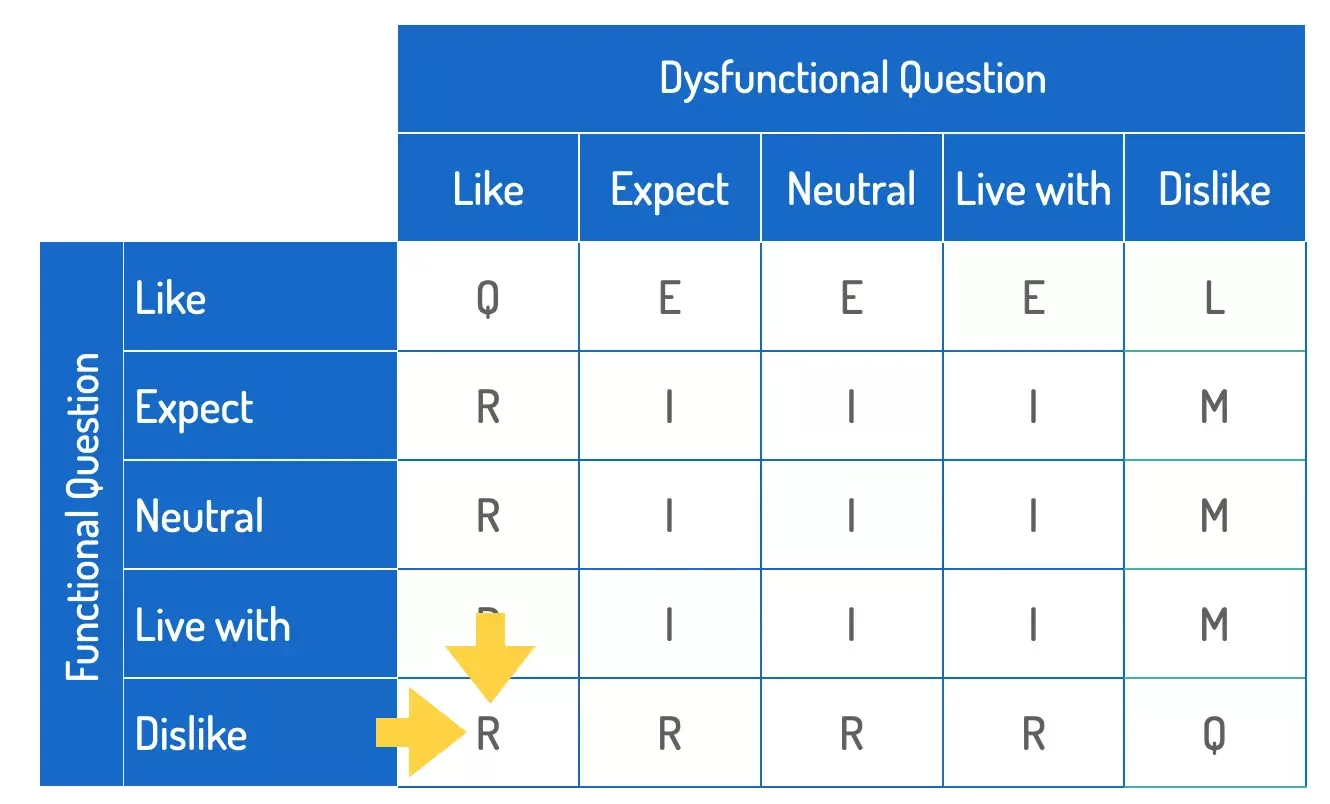
Prioritize your features
Finally, with the analysis of the results, you know which features users like the most and which features users never want to see in a product. Based on the results, you can prioritize the features in the backlog. Suppose you need more time to implement all the features in the backlog. In that case, include all the mandatory features, then the desired features, and finally, include some delightful features into the backlog.
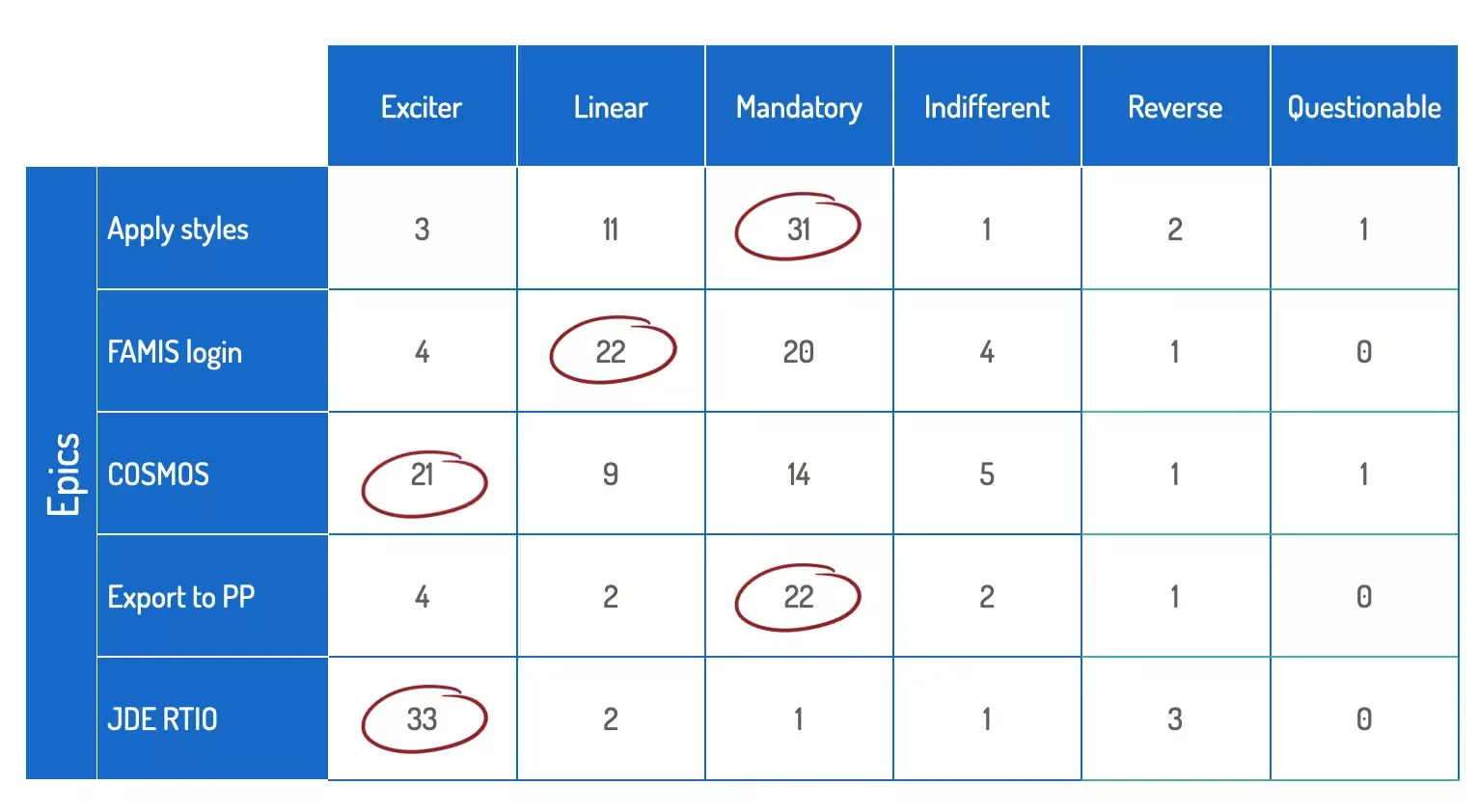
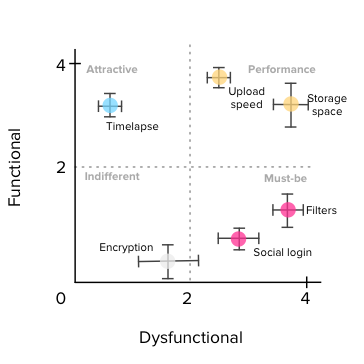
Conclusion
Given our goal is to constantly prioritize the highest business value features, Kano Models provide a basis to collaborate with our stakeholders when we start off prioritizing for the upcoming quarter and helps remove some of the emotion and biases we all struggle with since it is coming from the customers. Once we have the scored listing, we can then decide if we agree with the data or not. Size of the effort also plays a role. High effort items likely will be de-prioritized, so make sure you are also considering the multiple quarter delivery options (MVP, R1, R2, etc...).
In our CSPO and A-CSPO workshops, we spend quite a bit of time going over some prioritization techniques as well as hands-on use of them in the workshop.